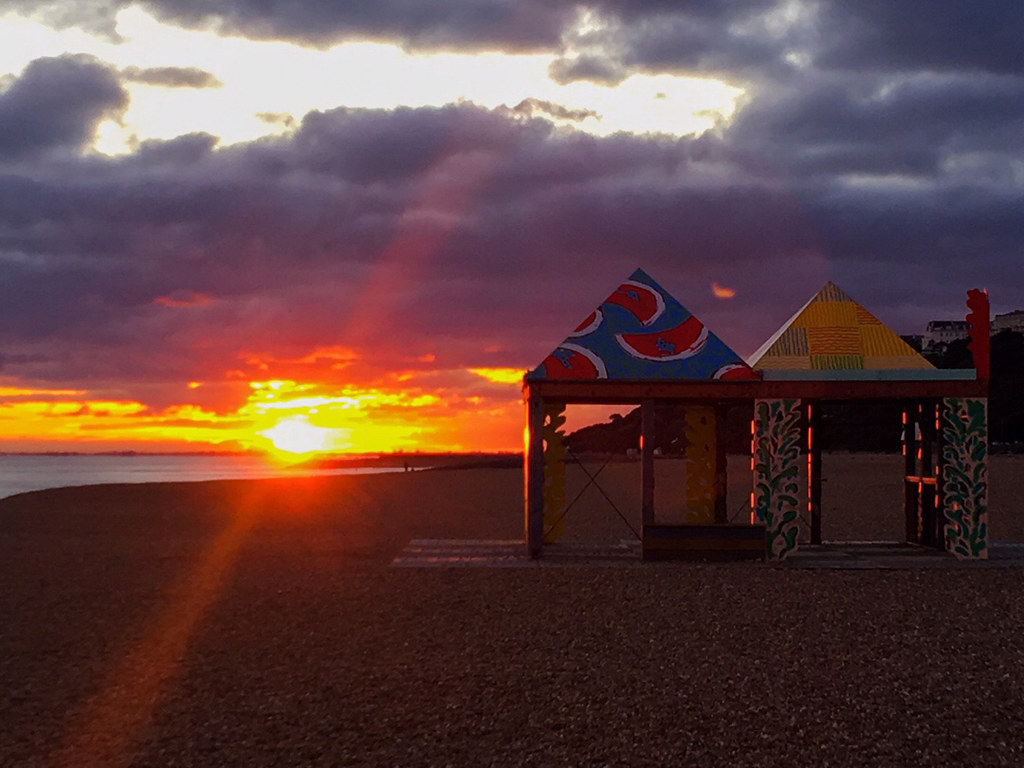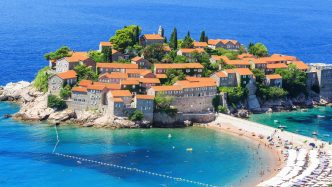Folkestone Beach
On England’s southeastern coast, you’ll find the picturesque beach village of Folkestone. Beautiful beaches, historic buildings, and a thriving arts scene have made this city famous. A beautiful beach is one of Folkestone’s main charms for visitors from all over the globe. There is a lengthy stretch of pebbly beachfront, clean seas, and breathtaking views of the English Channel at this beach. The Folkestone Beach is excellent for various coastal activities, including sunbathing, swimming, and strolling.
History of the Folkestone Beach
History buffs may enjoy learning about the Romans who first visited Folkestone. The Romans used the town for their naval fleets, which included constructing a lighthouse on the cliffs above the shore. Throughout the Medieval Ages, the town’s harbour was a major port of call for ships across Europe. The town’s seashore, manicured gardens and attractive promenades became known as the “Garden Coast” when some luxurious hotels and Victorian houses were constructed there. The early 20th century saw Folkestone, Kent, as an important strategic location in both World Wars.
Folkestone became a popular holiday spot despite the war’s damage for many years. Several additional attractions, such as an amusement park and a miniature train, were constructed as the town’s beach continued to draw tourists from all over the globe. Folkestone Beach on England’s southeast coast is still a famous tourist spot today. The town’s history is reflected in its buildings and monuments. Tourists may learn more about the area’s past at museums and galleries. The beach symbolises the town’s attractive natural setting, drawing tourists through the seasons.
Main Attraction Sights
Folkestone’s creative and artistic scene is one of the coastal town’s most distinctive features. There are several museums, art galleries, and cultural celebrations to attend in the neighbourhood every year. When at the beach, you can look forward to seeing the sites and attractions. This stunning coastline offers something for everyone-culture, art, or just basking in the sun. Some of the sites are listed below:
- The Leas is a lengthy, cliff-top promenade with breathtaking views of the English Channel. People often have picnics or take walks along the promenade because it is surrounded by beautiful gardens and hotels from the Victorian era.
- The Folkestone Harbour Arm is an old pier that dates back to the nineteenth century. Now it is a thriving cultural centre with several museums, theatres, and concert halls to enjoy.
- There is a funicular train called the Leas Lift that runs from the shore to the top of the cliffs. The railway is one of the world’s oldest water-balanced lifts, constructed in the late 1800s.
- A coastal park spanning 74 acres, the Lower Leas Coastal Park is home to recreational spaces, gardens, and picnic places. The park’s enormous adventure playground is also excellent for families with small children to visit.
- Folkestone, Kent, hosts a contemporary art event known as the Folkestone Triennial every three years. Many aspects of the town’s history and culture are displayed during the festival via various installations, performances, and other activities.
- On the eastern end of Folkestone Beach is a little sandy area known as Sunny Sands Beach. Since it is relatively safe for swimming and has facilities for many different water activities, the beach is a favourite destination for families.
Activities on the Beach
Everyone can find what they’re looking for at Folkestone Beach. Swimming, water sports, strolling, cycling, fishing, and sunbathing are just some of the activities guests may partake in here. The beach’s calm waters make it an excellent spot for a swim, while the nearby trails and countryside are perfect for exploring on two wheels. Guided fishing excursions are available in the region, so anglers can go on the water and have a great time. There are plenty of places to stretch out a towel and take in the breathtaking scenery if all you want to do is lay out and soak up some rays. There is something for everyone at Folkestone Beach, whether they’re looking for excitement or rest and leisure.
How to get there
You may drive, take the train, or take the bus to get to Folkestone. There are many parking lots in the vicinity that you may use for a charge if you plan on driving. Folkestone Central is the nearest railway station, and it’s just a short walk away from the beach, making it convenient for those travelling public transit. As an added convenience, many bus lines go to and from the shore.
There are no entry fees to use Folkestone Beach since it is a public beach. Some pursuits may have extra fees, such as water sports, equipment rentals, and fishing charters. If you need a place to sleep for the night, Folkestone has a wide variety of hotels, B&Bs, and rental homes from which to choose. Rates might change based on factors, including the season of your stay and the kind of lodging you choose.
The only expenses associated with a day trip to Folkestone Beach are those associated with getting there and back. Any water sports, equipment rentals, or fishing charters you can partake in are also paid activities. Staying the night in Folkestone may cost you from £50 to £100 at a cheap hotel or bed & breakfast and £100 to £200 or more for a midrange or luxury hotel. Consider not just the price of your room but also the price of your meals and any other extras you may wish to indulge in during your stay.
Is it worth visiting?
Absolutely! In addition to its many attractions, Folkestone Beach also has breathtaking views of the English Channel and the surrounding countryside. In fact, this stunning coastline offers something for everyone-culture, art, or just basking in the sun. The Folkestone Beach is a must-see if you’re ever in the southeast of England. Relaxing in the sun while taking in the city’s fascinating history and vibrant culture is a great way to spend a day. It’s the best place to relax and take everything in without skipping a beat along the English coast.






